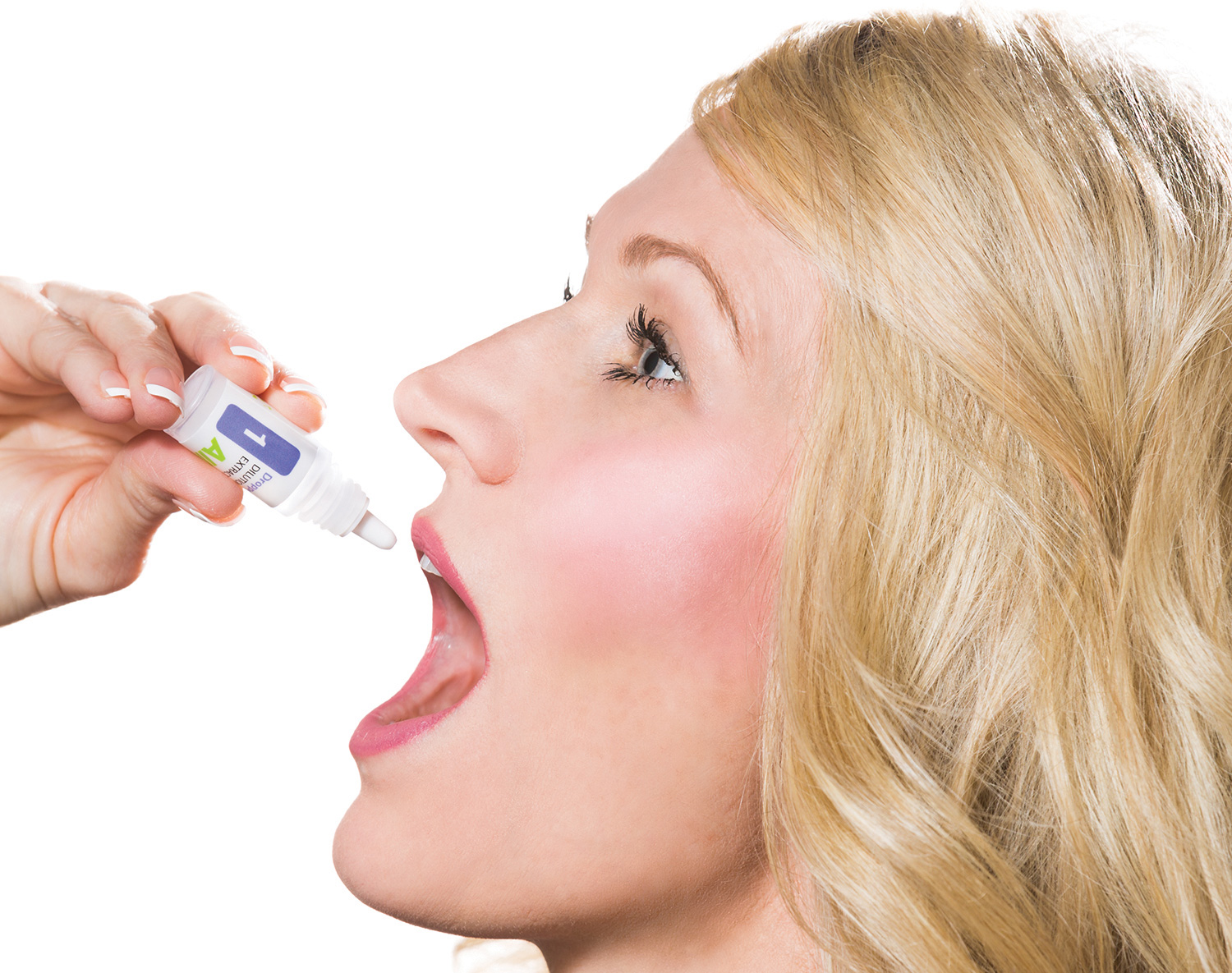Doctors used to pass off the symptoms of eosinophilic esophagitis (EoE) as acid reflux, but now they know more about the allergic/immune disease characterized by inflammation of the esophagus. The condition is believed to result primarily from food allergies. In some cases, environmental allergies can contribute too. It affects about 150,000 Americans, and, in youth, it is one of the most common contributors to food impaction (food getting lodged in the throat) and difficulty swallowing.

With EoE, white blood cells build up in the esophagus, causing inflammation. This leads to trouble swallowing, an ongoing feeling of heartburn (that is unresponsive to antacids), stomach pain, and food impaction. If untreated, scar tissue can develop in the esophagus, narrowing that crucial canal that connects the throat to the stomach. Children with EoE will often refuse to eat and/or vomit frequently. Thus, they may be classified as “failure to thrive.”
If you suspect that you or your child are affected by this condition, talk to a physician about eosinophilic esophagitis treatment. Doctors will often perform an endoscopy to examine the esophagus and/or recommend a biopsy to procure tissue samples. Some medications may be helpful in controlling the symptoms of EoE (such as steroids and acid blockers), but be aware that symptoms will likely continue unless the underlying allergy is addressed through allergy treatment.
Allergy shots can help with environmental allergies, but if food allergies are causing the problem, shots have not been found to be a safe and effective treatment. Instead, an alternative to allergy shots known as sublingual immunotherapy has been shown to be effective as a food allergy treatment. Rather than being injected into the skin, antigen liquid is squeezed as allergy drops underneath the tongue. From there, it absorbs into the blood stream, helping to desensitize the body to the food allergies that may be causing the eosinophilic esophagitis. Contact AllergyEasy for more details about sublingual immunotherapy for food allergies.


